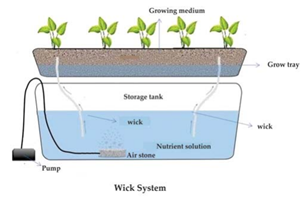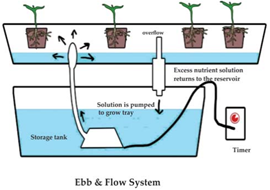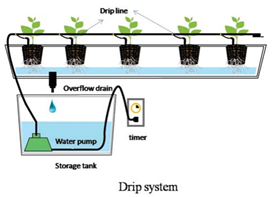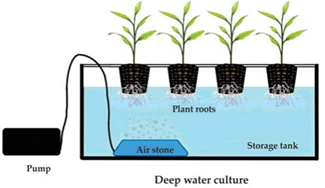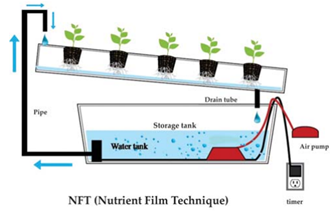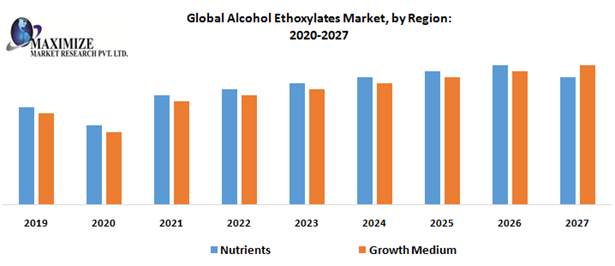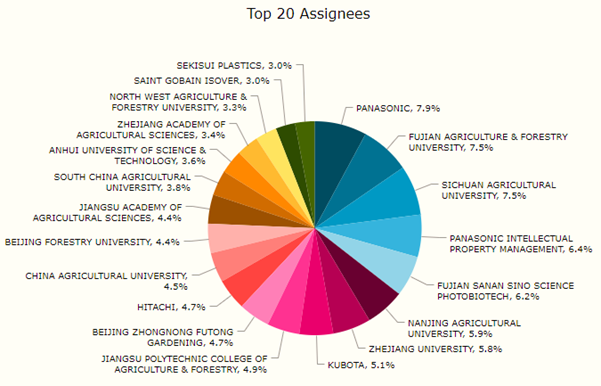Hydroponic Farming
The agriculture industry is going through fast and progressive changes, and one among those changes is “Hydroponic Farming.”
Hydroponic Farming is growing plants by using nutrient solutions (water-containing fertilizers) with or without utilizing an artificial medium such as sand, gravel, rock wool, vermiculite, perlite, peat moss, coir, sawdust, coir dust, coconut fiber, etc. to provide mechanical support. This type of farming is also called aquaculture, nutriculture, soilless culture, or tank farming.
The term hydroponics was derived from the Greek words ‘hydro’, which means water, and ‘ponos’, which means labor or water work.
The word hydroponics was coined by Professor William Gericke in the early 1930s, where plants were grown with their roots suspended in water containing mineral nutrients. Scientists at Purdue University fostered the nutriculture framework in 1940. During the 1960s and 70s, commercial aqua-farming farms were developed in Arizona, Abu Dhabi, Belgium, California, Denmark, Germany, Holland, Iran, Italy, Japan, Russian Federation, and different nations.
- This farming is further categorized into two types:
- Open Hydroponic Farming (The nutrient solution supplied to the plants are not reused)
- Closed Hydroponic Farming (Excess nutrient solution is recovered, replenished, and recycled)
- The hydroponic system is customized and modified to recycle and reuse nutrient solutions and artificial mediums. Most used systems are wick, drip, ebb-flow, deep water culture, and nutrient film technique (NFT).
- Wick System
The Wick hydroponic system does not require electricity, pump, or aerators. Here, the plants are placed in artificial/absorbent mediums such as coco coir, vermiculite, perlite with a nylon wick which runs into a reservoir filled with nutrient solution from the roots of the plants. The supply of water or nutrient solution to the plants from the pool is accomplished through capillary action. This most straightforward system is suitable for small plants, herbs, and spices but does not work where a massive quantity of water is needed.
- Ebb & Flow System
Flood and drain principles are applied for the Ebb & Flow Hydroponic System. A water pump is used to flood nutrient solution and water from the reservoir to grow bed until a certain level is reached and retained there for a certain period. General problems like root rot, algae, and mold can be avoided by making slight modifications and using a filtration unit to grow various types of crops.
- Drip system
Among both home and industrial cultivators, the drip type of hydroponic system is the commonly used technique where a pump supply’s water or nutrient solution from a reservoir to plant roots independently in a suitable amount. Plants in this type of system are positioned in a relatively absorbent growing medium so that the nutrient solution drips gradually.
- Deep Water Culture System
Hydroponics buckets system’ is the finest example of a Deep Water Culture System. Here, the roots of the plants placed in net pots are suspended in the nutrient solution, and an air stone is used to supply air directly to the roots as algae and molds can overgrow in the reservoir the concentrations of oxygen and nutrient, salinity, and pH levels are regulated. Large plants are suitable for growing using this type of system.
- Nutrient Film Technique (NFT) system
To overcome the defects of the ebb and flow system, the Nutrient Film Technique type of Hydroponic system was developed by Dr. Alen Cooper in the mid-1960s in England. Here, water or nutrient solution is circulated to the entire system and is made to enter a growth tray via a water pump without time control. This system is arranged in an inclined fashion to ensure the solution runs through roots and down back into a reservoir. Plants are placed in a channel or cylinder by suspending the roots in a hydroponic solution.
- Benefits:
- It is a clean and moderately simple strategy, and there is no way of soil-borne illness or pest infection to the yields.
- The time required to grow plants with this system is less compared to another process of gardening/agriculture.
- This technique is exceptionally valuable for the space where ecological pressure (cold, heat, dessert, etc.) is a significant concern (Polycarpou et al., 2005).
- Plants can be grown throughout the year in any season.
- This system helps in reducing the labor, eliminating a few agricultural practices, for example, weeding, spraying, watering, and tilling.
- It saves a large amount of water.
- Better returns can be generated since the number of plants per unit area is higher than ordinary agribusiness.
- Limitations:
Although soilless farming is a beneficial method, there are few limitations.
- The installation cost of this type of farming is high.
- The nutrient solution used in this system is to be tested regularly.
- Water-borne infections can spread from one plant to the other.
- A warm climate and restricted oxygenation might restrict production.
- Light and energy supply are needed to run the framework under a secured structure.
- Patent Filing Trend:
The lobal Hydroponics Market was valued at US$ 8.1 Bn in 2019 and is expected to reach US$ 21.38 Bn by 2027, at a CAGR of 12.9 % during a forecast period.
The number of patent applications identified with vertical farming has filled dramatically lately. Until 2007, under 50 patent applications each year were recorded relating to intelligent agriculture. In 2016, that number was near 900, overwhelmed by a large player like Panasonic.
The number of patent applications identified with vertical farming has filled dramatically lately. Until 2007, under 50 patent applications each year were recorded relating to intelligent agriculture. In 2016, that number was near 900, overwhelmed by a large player like Panasonic.
The graph below shows us the details of the top 10 geographies with the number of patents they hold.
Conclusion:
In recent years hydroponic farming has been viewed as a good system for developing various harvests as it allows to grow short-length crops like vegetables throughout the year in highly restricted spaces with minimal work. Hydroponic farming can play an incredible commitment in regions with a constraint of soil and water.
Resources:
https://www.researchgate.net/publication/330080392_Hydroponics_as_an_advanced_technique_for_vegetable_production_An_overview
https://www.researchgate.net/profile/Kaushal-Kumar-18/publication/330080392_Hydroponics_as_an_advanced_technique_for_vegetable_production_An_overview/links/5c7e14e4a6fdcc4715af8a93/Hydroponics-as-an-advanced-technique-for-vegetable-production-An-overview.pdf
www.cleantechloops.com/hydroponic-farming
https://www.britannica.com/topic/hydroponics
www.maximizemarketresearch.com/market-report/global-hydroponics-market/27072/
www.whipgroup.com/blog/grow-your-patent-portfolio-with-vertical-farming
Keywords:
Hydroponic, Farming, Nutrient Solutions, Artificial Medium
